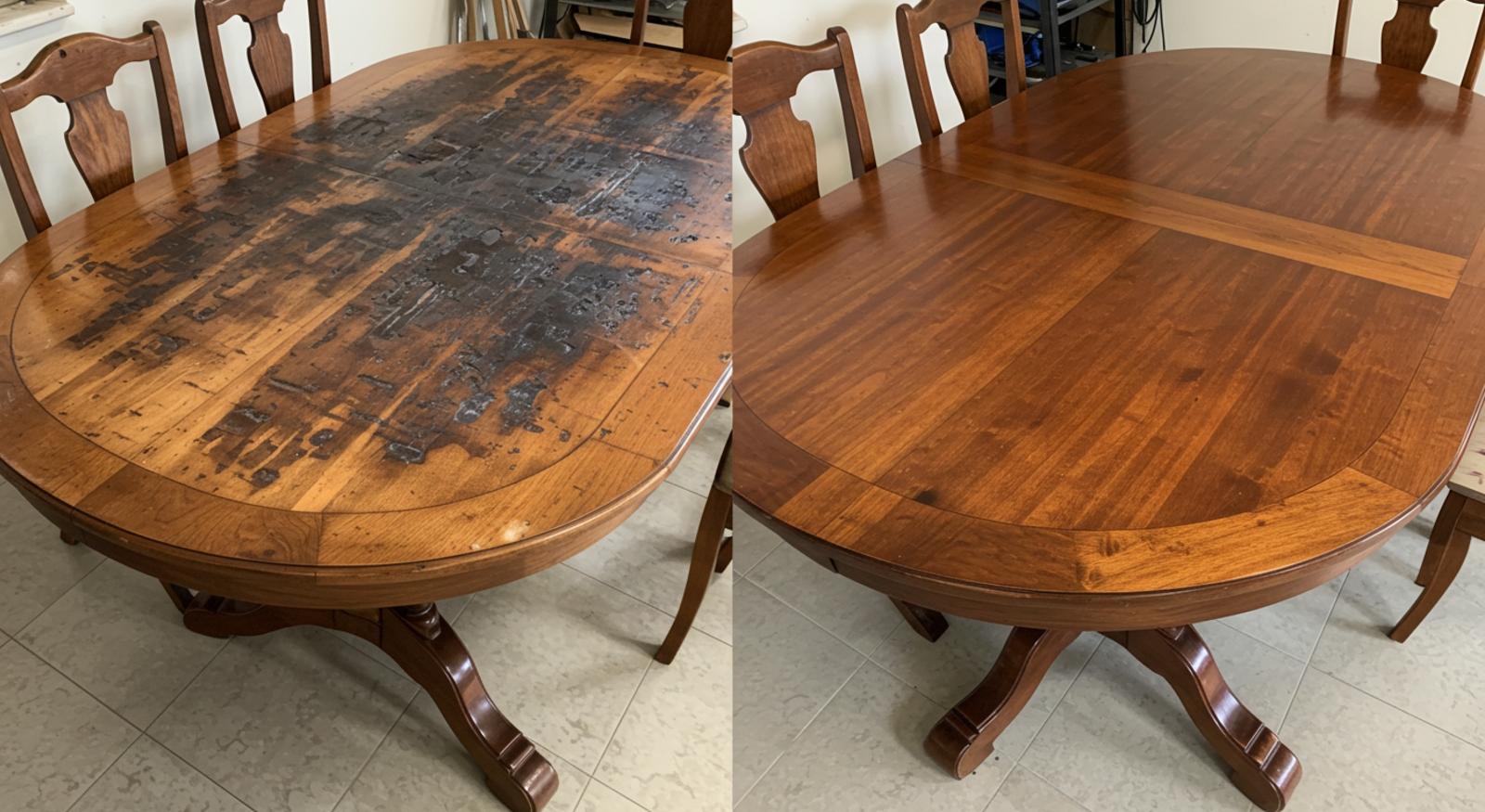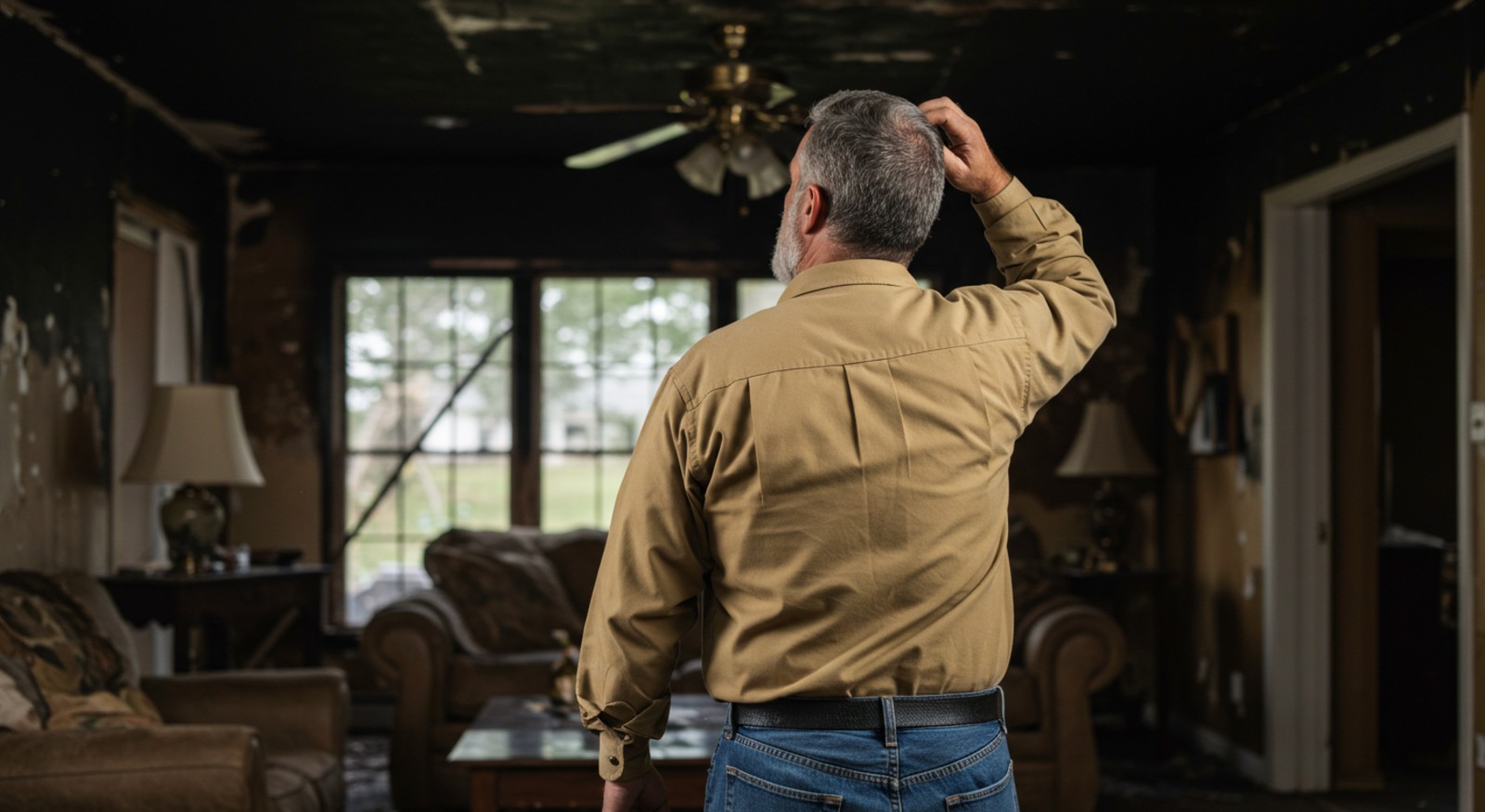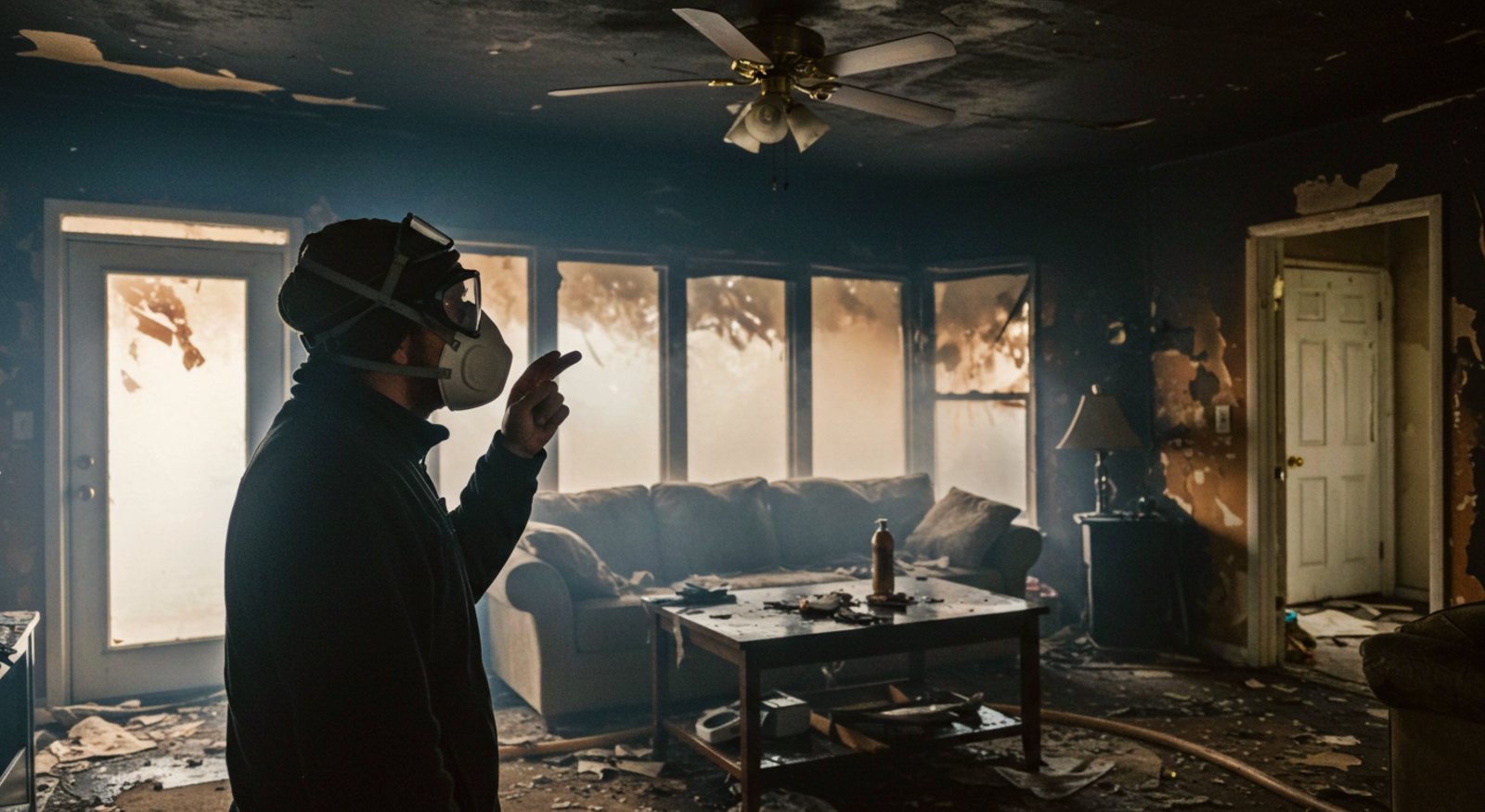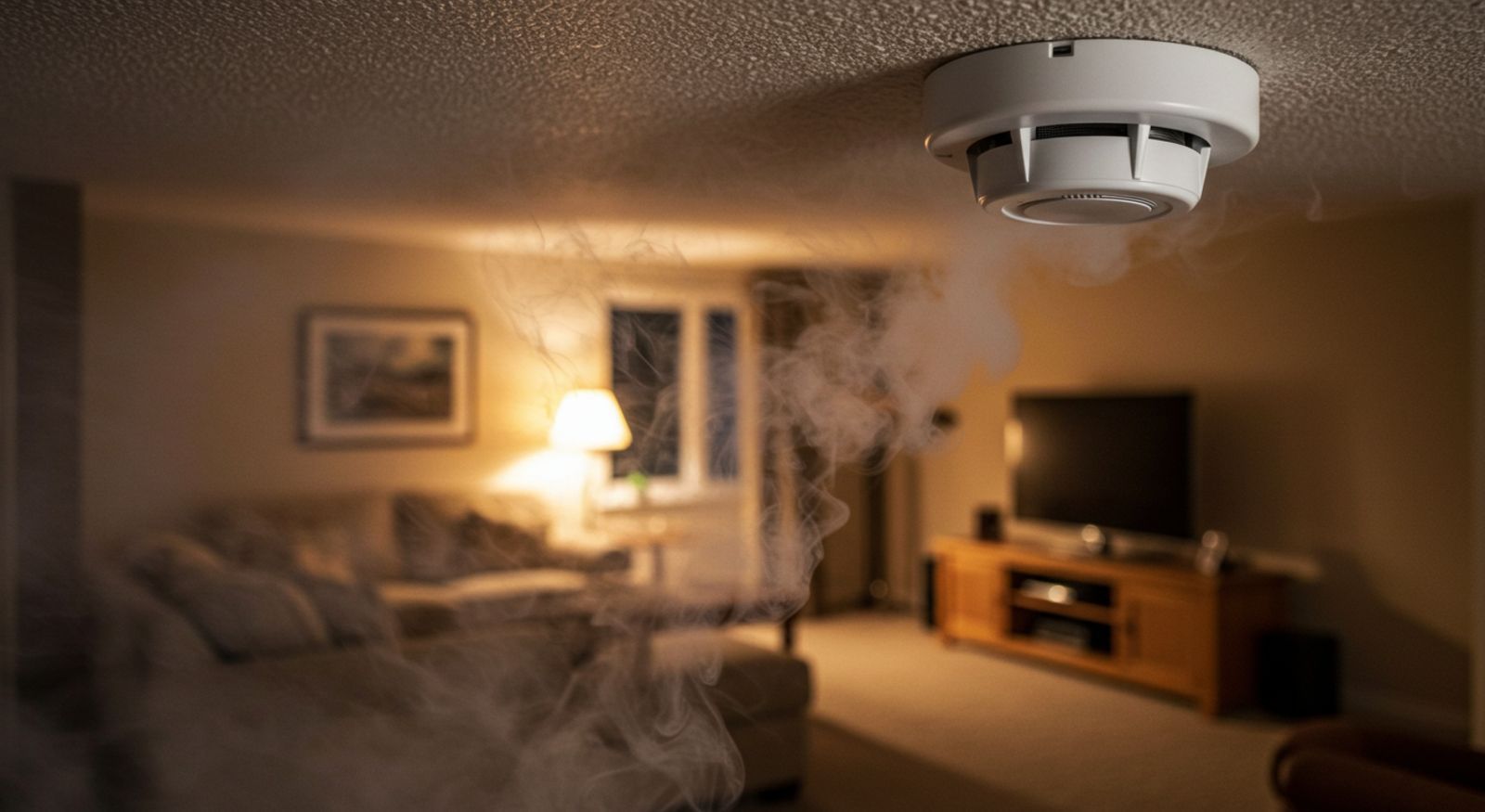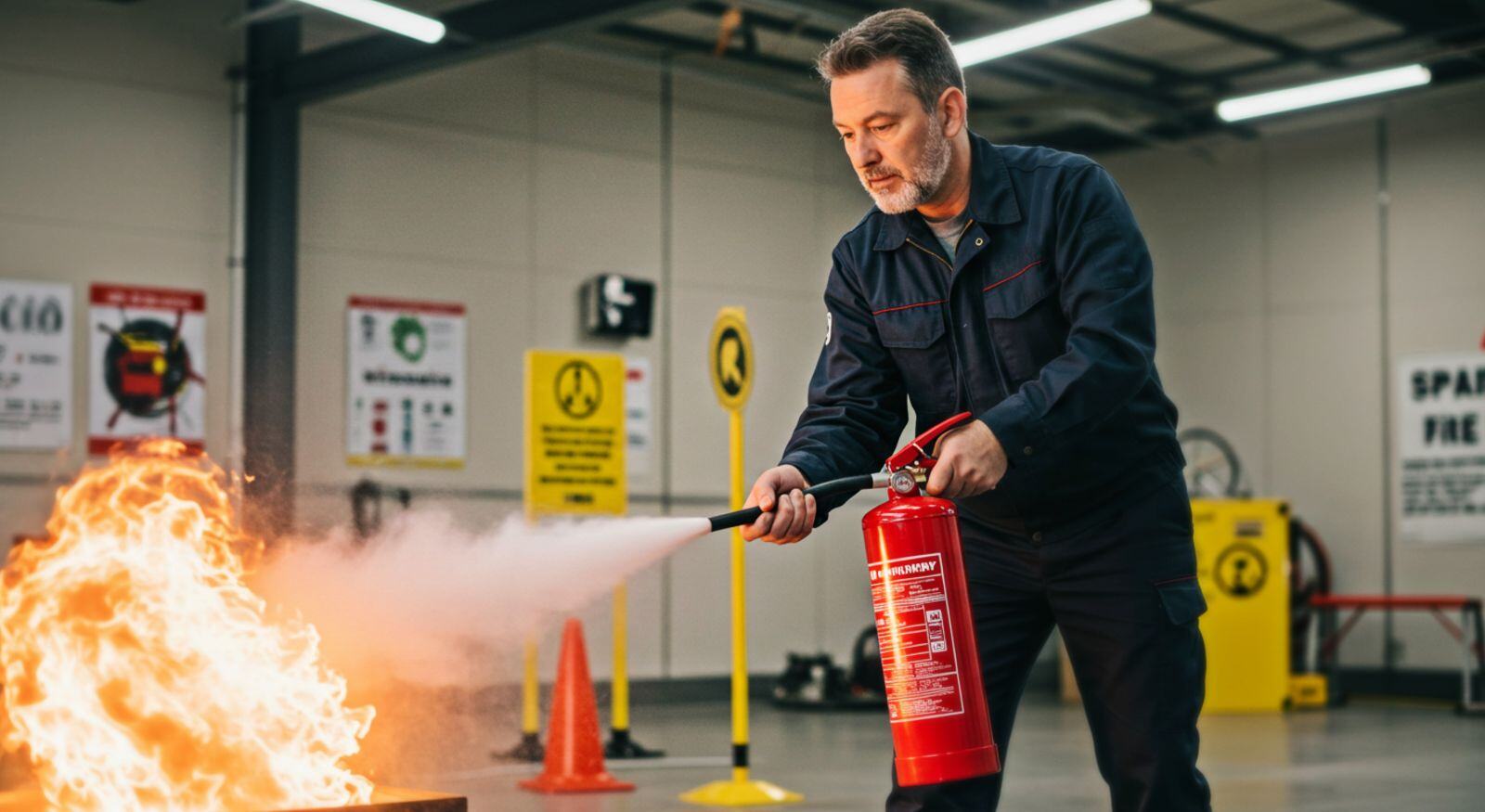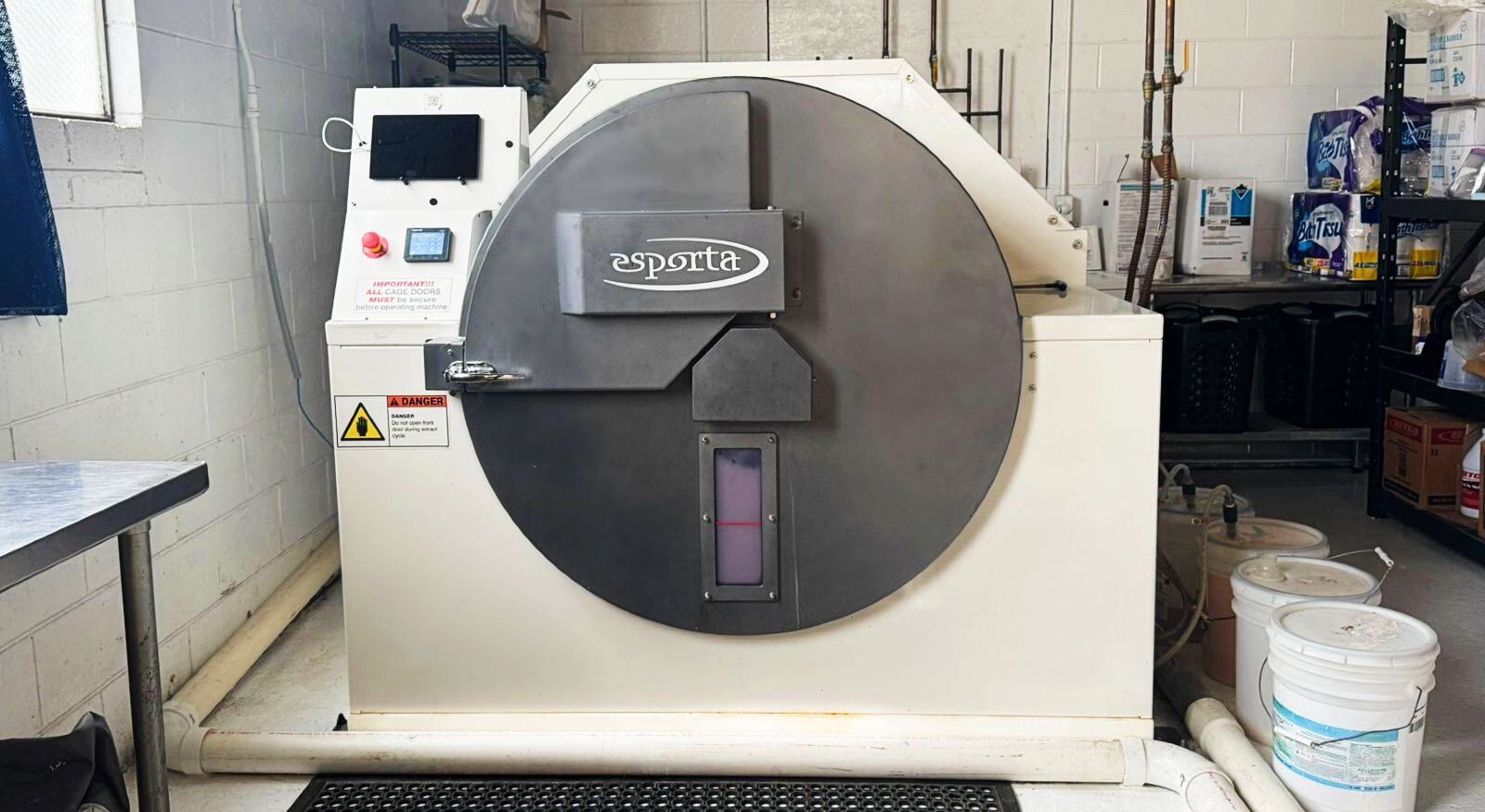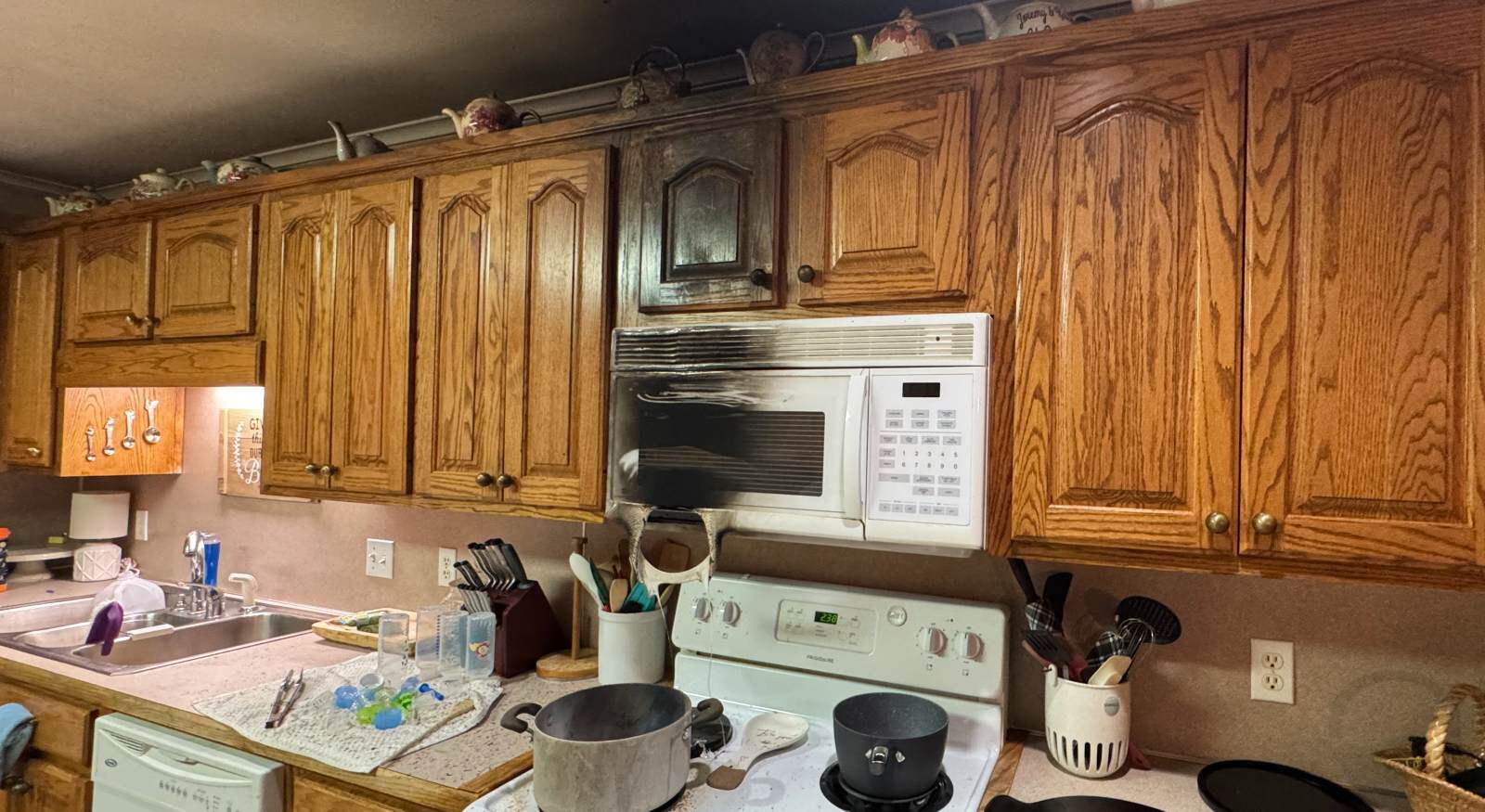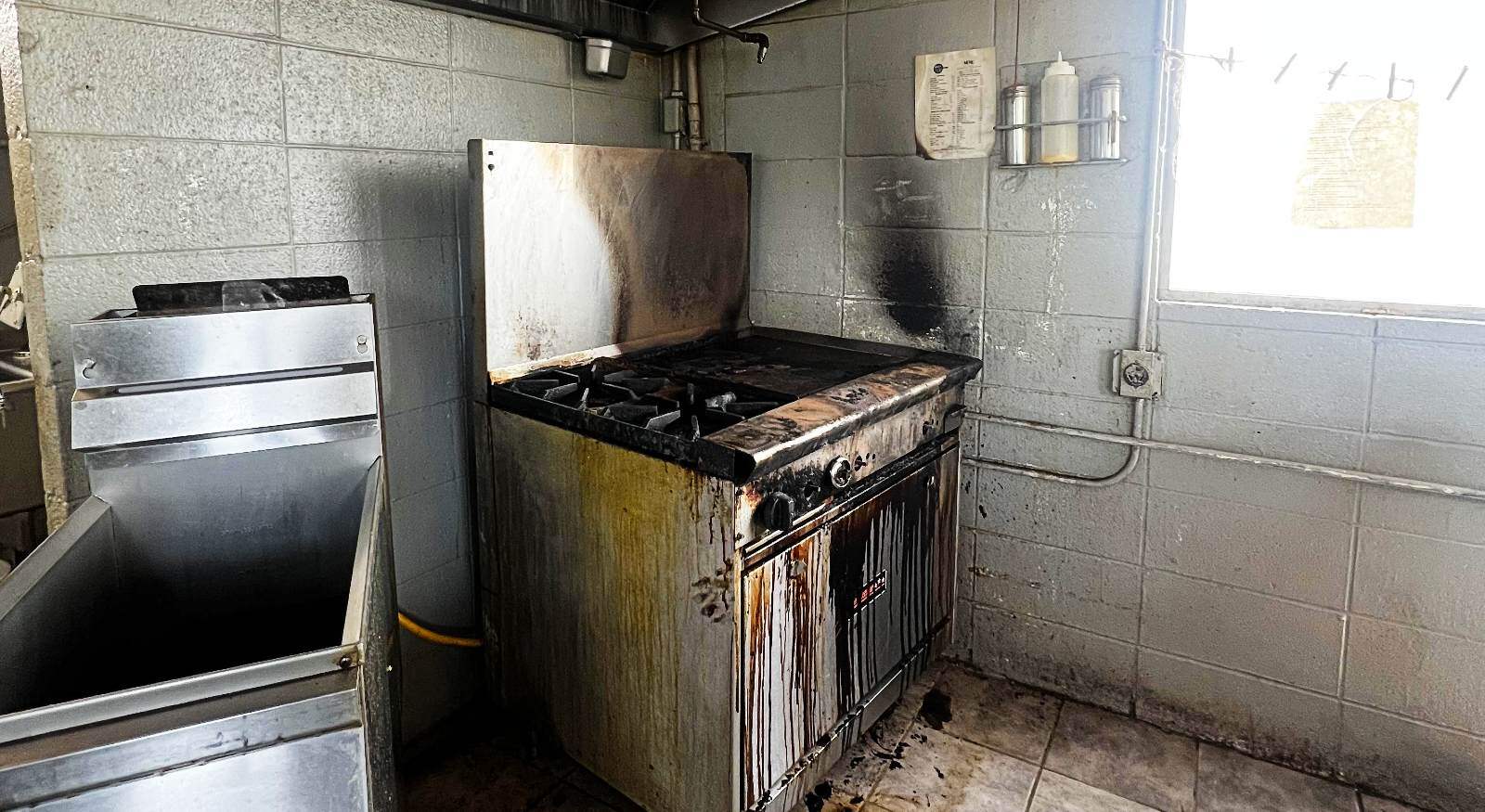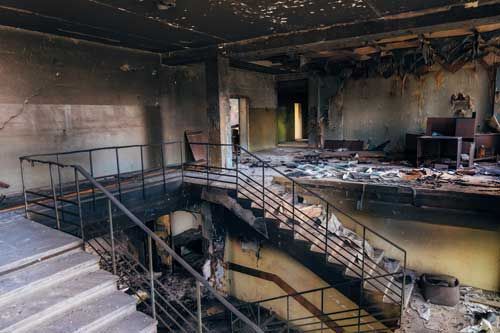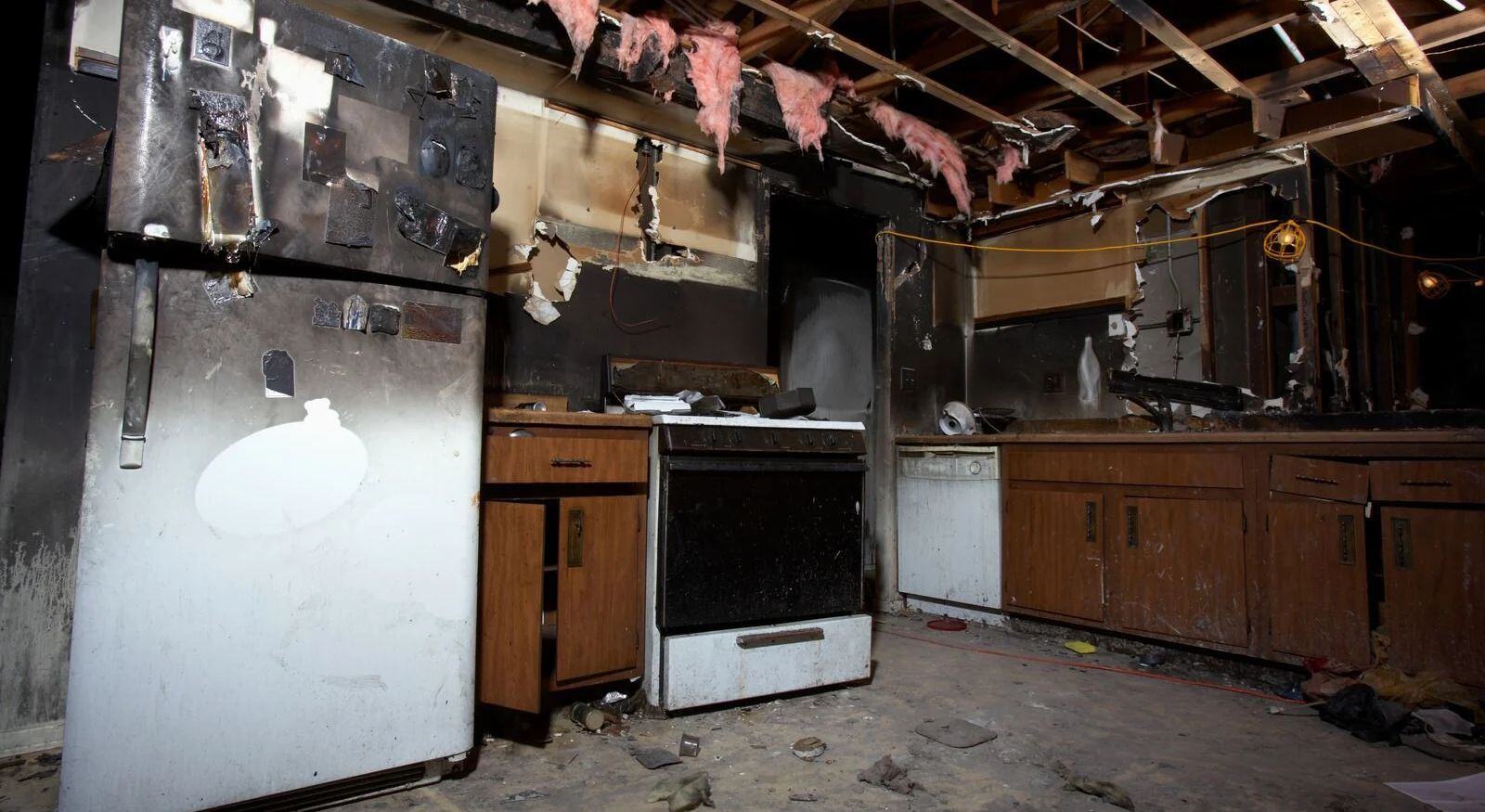Smoke Odor Removal: Why a Bad Job Can Cost You More Than the Fire
October 22nd, 2025
4 min read
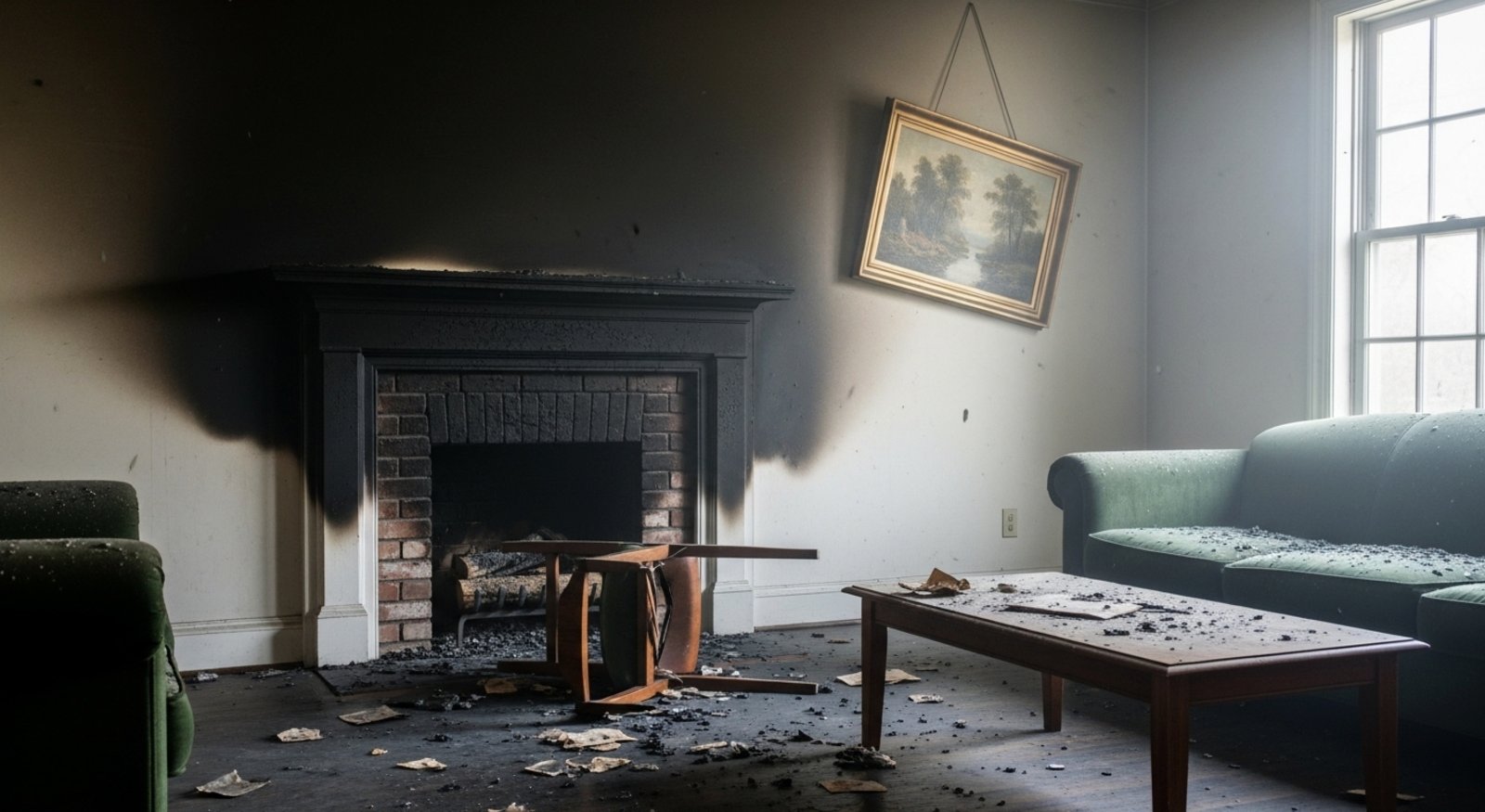
Dealing with the aftermath of a fire can feel overwhelming, but it’s very important not to overlook a critical step: smoke removal. If not handled thoroughly, the lingering odor can return, creating further problems.
At Restore-It, we have witnessed firsthand the emotional and financial toll of poorly executed remediation. The frustration of paying for a service that fails to deliver is immense. To help you avoid this experience, we have prepared this essential guide.
This article exposes the actual financial repercussions of improper smoke remediation. We will highlight common shortcuts taken by unqualified contractors, reveal crucial red flags to watch for, and outline what a professional, effective process entails, ensuring the job is done right and stays that way, permanently.
Why "Good Enough" is not really Good Enough for Smoke Remediation
There's a critical difference between "cleaning" and "remediation." And understanding this distinction is especially important if your home has experienced a fire. A general contractor may make things look clean on the surface by scrubbing away the visible soot or applying a fresh coat of paint. Just as spray-painting a car won't remove the rust, this will not be enough to eliminate the smell effectively.
These types of "solutions" may help improve the look of the affected area, while leaving the underlying problem underneath. Smoke particles are microscopic and acidic. They aren't just on the surface; they are forced deep into drywall, insulation, wood framing, and ventilation systems. Painting over these trapped smoke particles does nothing to remove them; it just temporarily blocks the smell. When temperatures or humidity levels change, the paint's pores can expand, releasing the foul odors all over again.
True smoke restoration, as defined by organizations such as the Institute of Inspection, Cleaning and Restoration Certification (IICRC), requires removing contamination at a microscopic level, not just covering it up. The IICRC states that smoke restoration includes the professional evaluation, cleaning, and restoration of structures and contents affected by fire and smoke.
Smoke Removal: The Domino Effect of a Bad Job
Hiring the wrong company or selecting a bad contractor doesn't just mean you will have to redo the job. It creates a compounding effect of new financial problems that can be even more costly than the original fire damage.
Having to Pay for the Same Smoke Restoration Job Twice
While the bill for a fire restoration project can be costly, depending on the size of the job, your insurance company should be able to cover some or most of it (depending on your policy). However, if you picked the wrong company and the job done was subpar, you might have to pay for the cleanup again. And the worst part? This time, your insurance might not pay its part. Cleaning up a poorly restored job can require you to pay for the complete remediation process again.
Diminished Insurance Coverage
As we mentioned before, when you file an insurance claim, your provider allocates a budget for the restoration based on the damage assessment and your individual coverage. That money will be used to pay for the restoration job once it is over. However, if the job needs to be redone, you will have to go back to your insurance company and explain that the approved work was not done correctly. This can lead to a difficult and lengthy battle to get additional funds approved. Many homeowners find themselves in a situation where they must pay for the second, proper remediation job entirely out of their own pocket.
The High Price of Secondary Damage
Now, you might think calling a reputable company will at least take care of the issue. While this is likely, the problem is that poor removal of smoke and soot can create new problems. Improper techniques can lead to costly secondary damage, including:
- Mold Growth: Too much moisture or improper cleaning saturates drywall and insulation, leading to mold infestations that require costly remediation.
- Chemical Damage: Harsh cleaners can permanently etch surfaces, stain counters, or ruin flooring.
- Damaged Belongings: Soot is acidic, and the longer it stays on a surface, the higher the chance of damaging your property.
The cost to repair this secondary damage can sometimes exceed the cost of the smoke remediation itself, depending on how long it takes you to get a new restoration company.
How to Spot Unqualified Restoration Contractors
Protecting yourself starts with knowing how to identify a contractor who isn't up to the task. Here are the warning signs you should never ignore:
- No IICRC Certification: This is the number one red flag. The IICRC is the industry's standard-setting body. If a company isn't certified, they haven’t been trained in the proper protocols for fire and smoke restoration.
- A Lowball Price: If one quote is dramatically lower than the others, be wary. They are likely cutting corners, using untrained labor, or skipping steps.
- A Vague Plan: If they can’t explain their restoration process for cleaning and deodorization in detail, they don’t have one. A professional should have no problem discussing in detail what they will do. This process includes removing damaged materials, air scrubbing, and specific deodorization methods (like using an ozone machine), not just "cleaning and airing out."
- They Immediately Suggest Sealing or Painting: A true professional knows that cleaning and soot removal is the first and most important step. Sealing is a final step, used only after thorough cleaning, not as a replacement for it.
- They Don't Address Contents: Smoke affects everything, not just the structure. A reputable company will have a plan for evaluating, cleaning, and deodorizing your personal belongings, or will put them on a list to be replaced if the damage is too severe.
Choosing your contractor is the single most important decision you will make in your recovery process. Do not rush it.
What a Correct Smoke Remediation Process Looks Like
So what does "done right" look like? A certified professional follows a proven, step-by-step process that goes far beyond surface cleaning. While every job is unique, the process will always include:
- Thorough Assessment: Specialized tools measure smoke and soot penetration throughout the home, from attics to crawl spaces, to determine the full extent of smoke and soot damage.
- Source Removal & Demolition: Unsalvageable, charred materials are removed to stop ongoing contamination.
- Detailed Soot Removal: Every affected surface is meticulously cleaned with professional-grade cleaning agents. This includes ventilation systems, crawl spaces, ceilings, walls, floors, and all other hidden nooks and crannies.
- Advanced Deodorization: Professional equipment, including thermal foggers, ozone generators, and air scrubbers with carbon filters, effectively neutralizes microscopic smoke particles in the air and those embedded in materials.
- Final Sealing (If Necessary): Applying a sealant to specific surfaces only after thorough cleaning and deodorizing, providing a final barrier.
This proven process is the only way to guarantee that the odor is gone for good.
Don't Make the Same Mistake Twice
Dealing with a fire is already an overwhelming process, and the last thing you want is another problem due to a failed remediation job. A poor restoration job drains your wallet, jeopardizes your insurance claim, and delays your family's recovery. This is why getting it right the first time isn't optional; it's a financial necessity.
Now that you understand the risks, costs, and process, the next step is to protect yourself. We recommend reading our detailed guide, “Choosing the best fire restoration company: Key factors to consider,” to help you evaluate potential contractors with confidence.
If you suspect your past remediation wasn't done right or if you're facing smoke damage for the first time, then don't wait any longer and call Restore-It. Our team has the knowledge, the certifications, and the experience to fix any mistakes and get the job done the first time.
Contact us today for a comprehensive inspection and a plan to make your home safe, clean, and truly smoke-free.
Topics:







